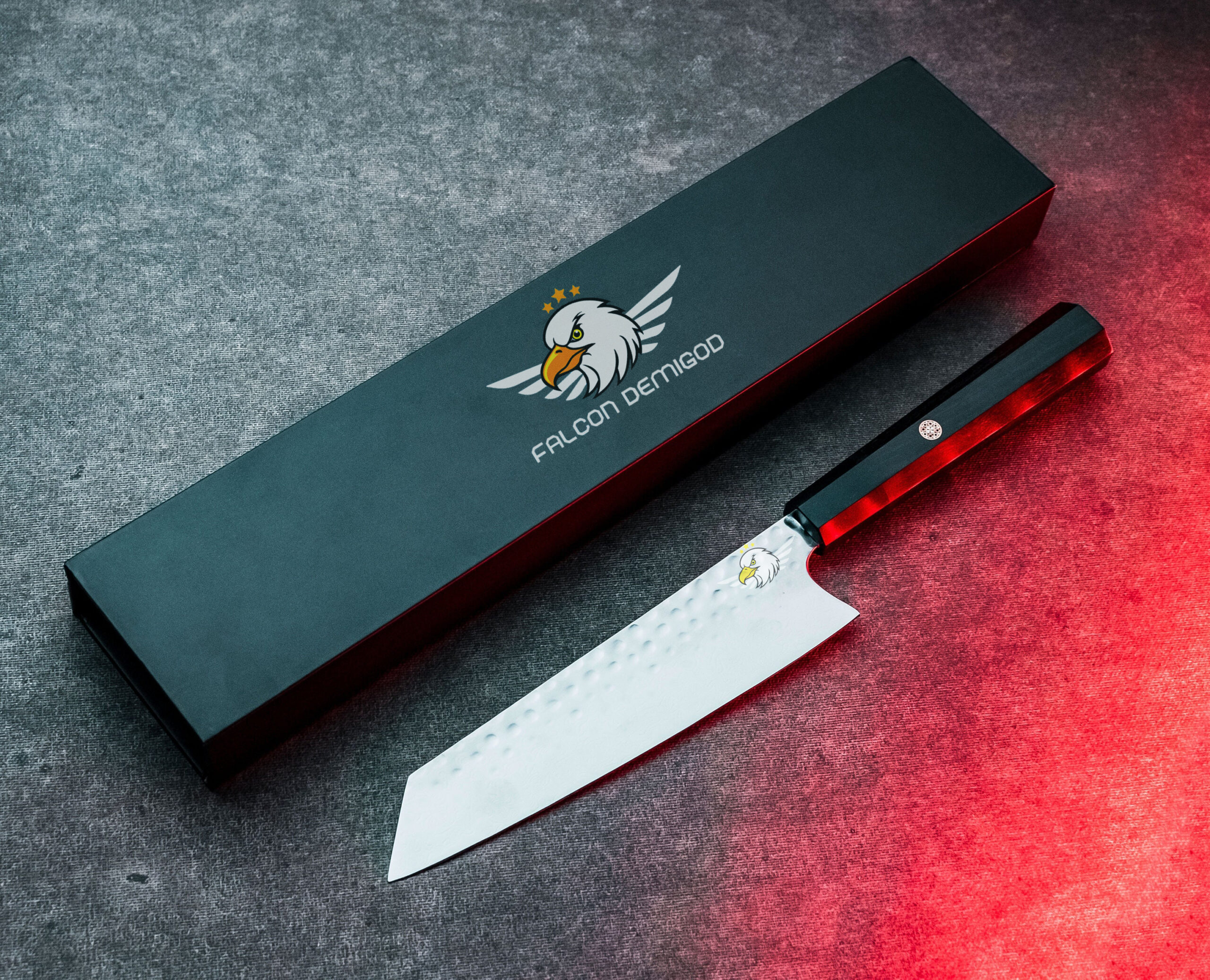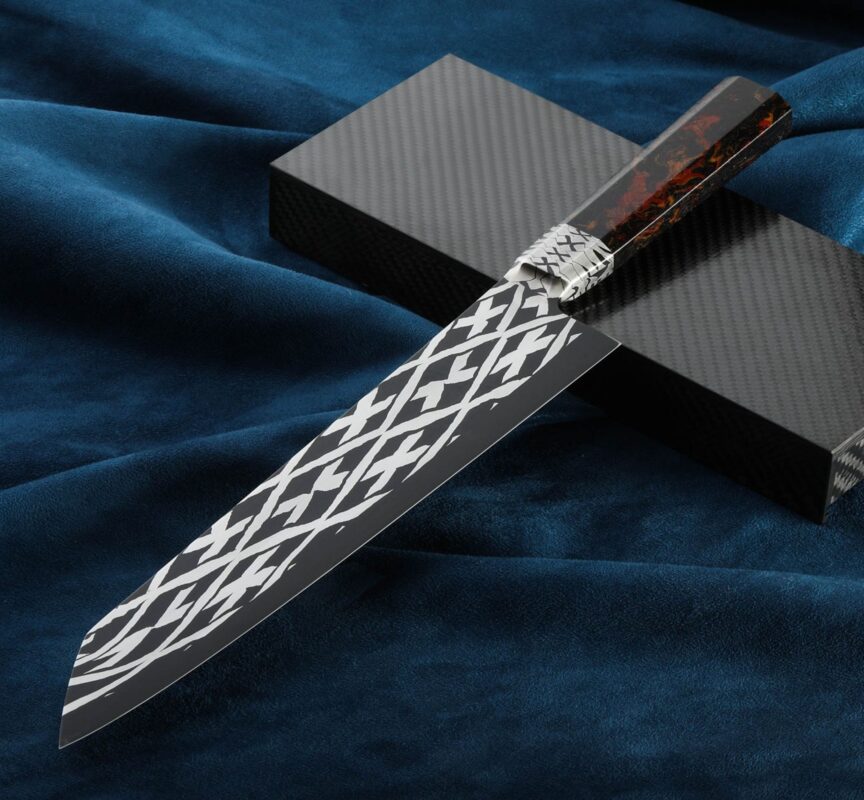Introduction
A Important chef’s knife is more than just a kitchen tool; it’s an extension of the cook’s hand. Whether you’re a professional chef or a home cook, the right chef’s knife can elevate your cooking experience. In this article, we’ll explore the anatomy of a chef’s knife, its various types, and how to choose the perfect one for your needs.
1. Anatomy of a Chef’s Knife
A chef’s knife typically consists of the following components:
a. Blade
- The blade is the heart of the knife. It determines cutting performance, durability, and ease of maintenance.
- High-carbon stainless steel blades are popular for their sharpness and corrosion resistance.
- The blade length varies, but an 8-inch blade strikes a balance between versatility and maneuverability.
b. Handle
- The handle provides grip and control. Look for ergonomic designs that fit comfortably in your hand.
- Materials range from wood to synthetic composites. Choose what feels best for you.
c. Bolster
- The bolster is the thickened part between the blade and handle. It adds balance and stability.
- Some knives have full bolsters, while others have partial or none at all.
d. Tang
- The tang refers to the extension of the blade into the handle.
- Full tang knives are sturdier and better balanced.
2. Types of Chef’s Knives
There are various types of chef’s knives, each suited for specific tasks:
a. Gyuto (Japanese Chef’s Knife)
- Gyuto knives have thin, sharp blades ideal for precision slicing and dicing.
- They excel in vegetable preparation and delicate cuts.
b. German Chef’s Knife
- German knives have thicker blades and a curved belly.
- They’re robust and suitable for heavy-duty tasks like chopping through bones.
c. Santoku Knife
- Santoku knives originate from Japan.
- They combine the features of a chef’s knife and a cleaver, making them versatile for various tasks.
3. Choosing Your Perfect Chef’s Knife
Consider the following factors when selecting a chef’s knife:
a. Comfort and Grip
- Hold the knife and assess its comfort. A comfortable grip reduces fatigue during prolonged use.
b. Blade Material
- High-carbon stainless steel blades retain sharpness and resist staining.
- Damascus steel blades are visually stunning and offer excellent performance.
c. Edge Retention
- Look for knives with good edge retention. The Mac MTH-80, our top pick, maintains sharpness over time1.
- The Tojiro F-808 is an affordable Japanese option1.
4. Care and Maintenance
- Regularly hone your knife using a honing rod.
- Hand wash and dry immediately after use.
- Sharpen the blade periodically using a whetstone or professional service.
Conclusion
A chef’s knife is more than a kitchen tool; it’s a companion on your culinary journey. Invest in a quality knife, treat it well, and watch your cooking skills soar!



